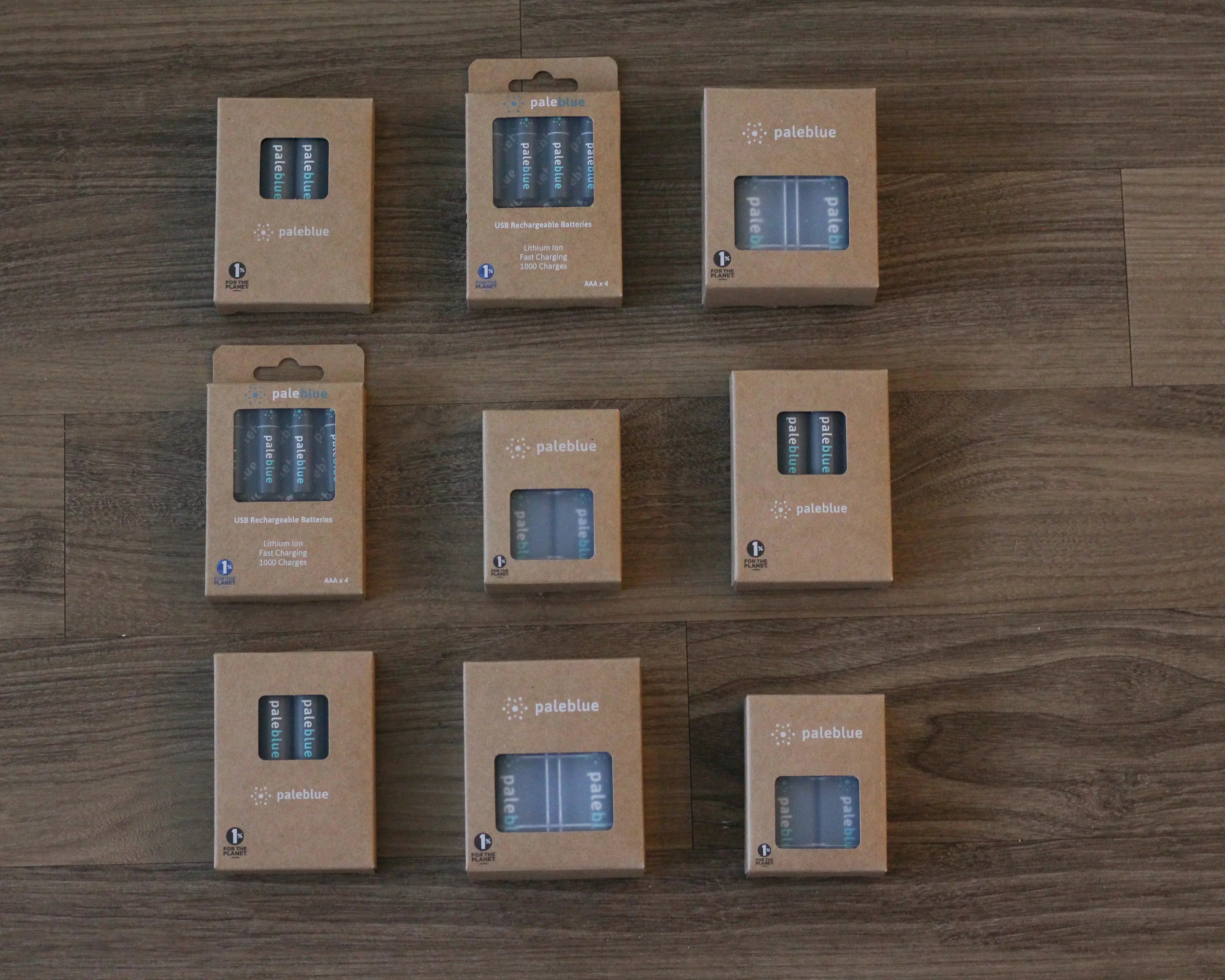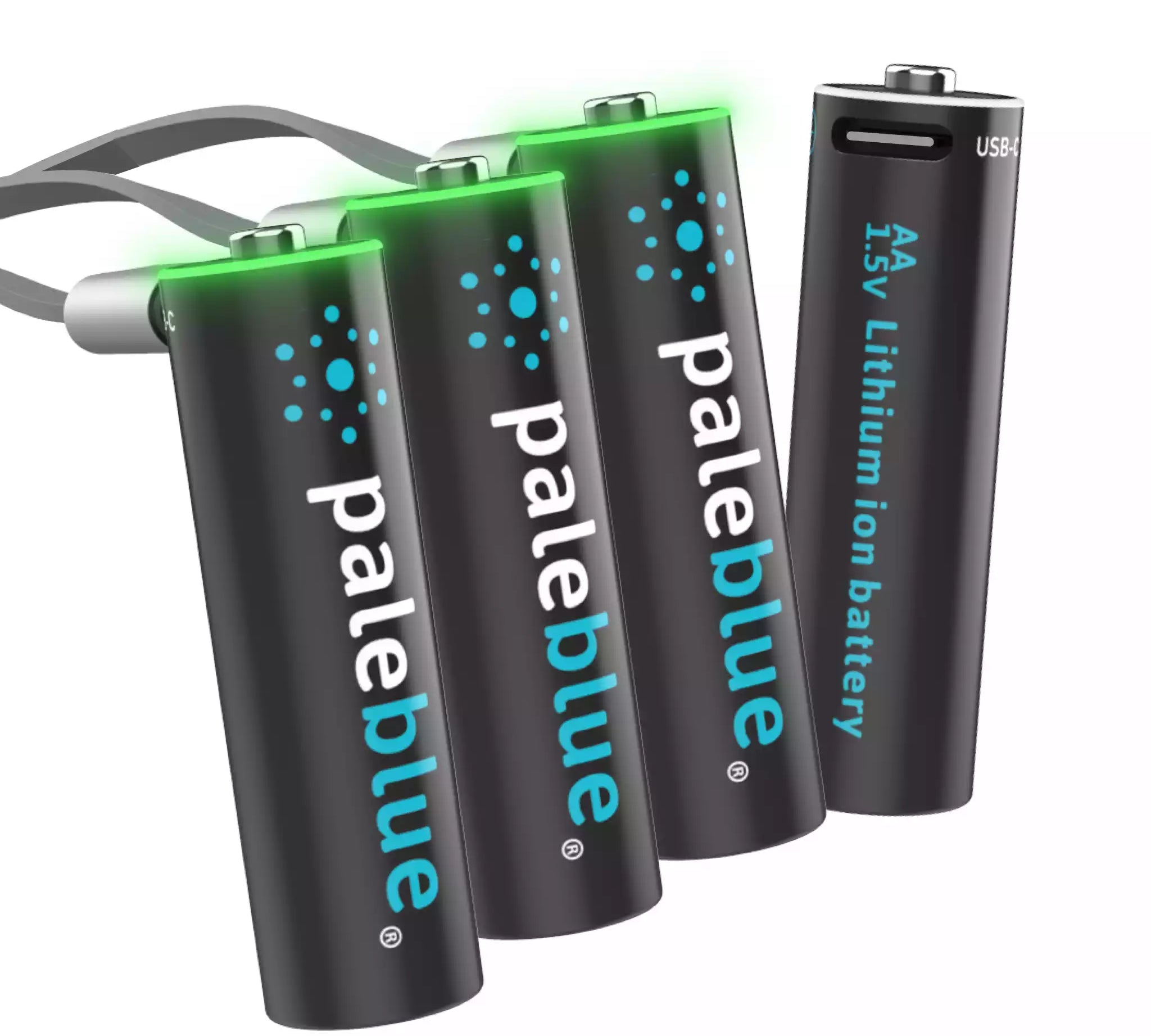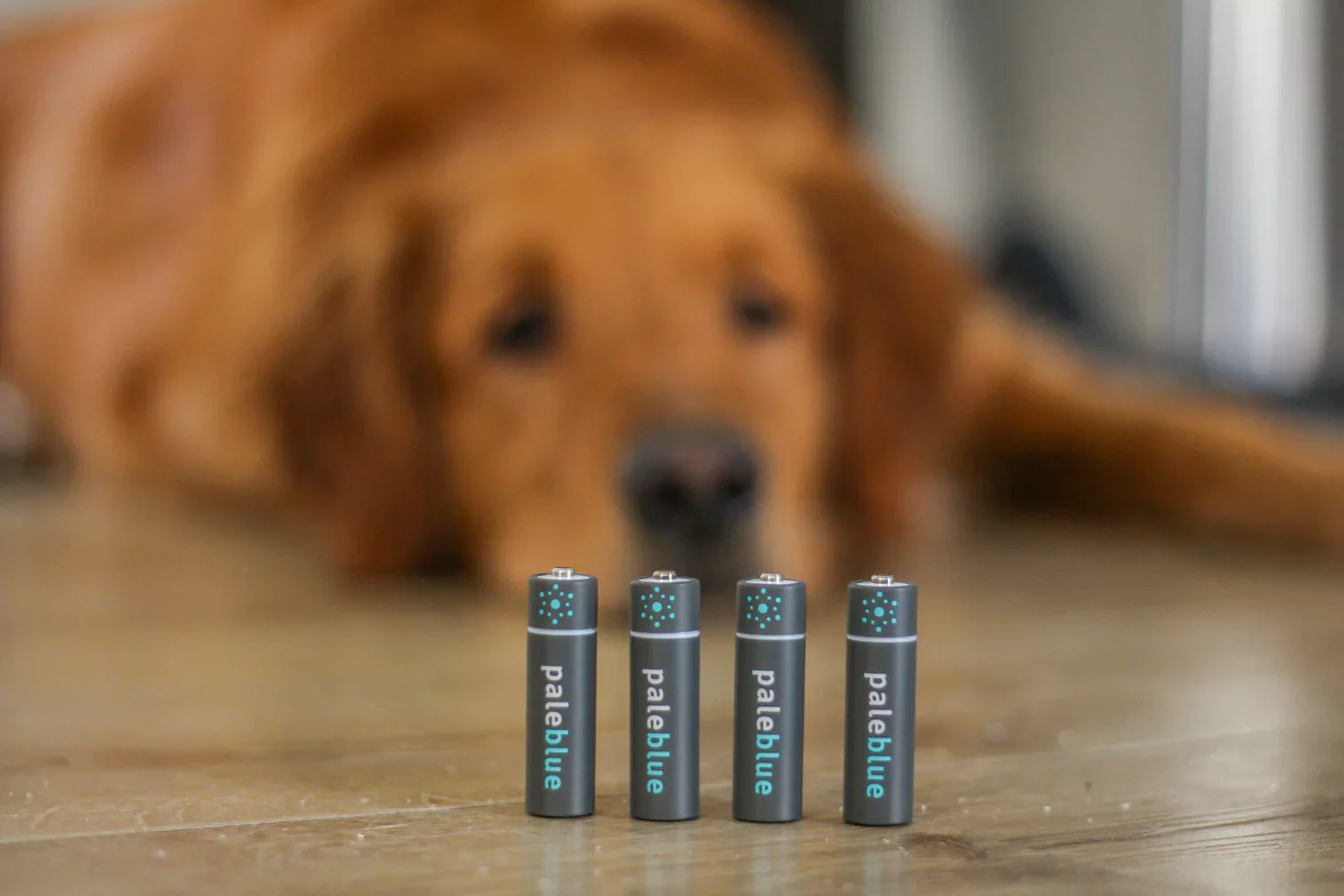3 Waste and Landfill Statistics That Motivate Us to Do Better

Here at Paleblue, we always excited to share that one of the motivating factors behind starting our company was a desire to reduce battery waste. American’s alone throw out tens of millions of alkaline batteries every year. There is plenty of EPA data demonstrating just how wasteful modern culture is and know there is a better way forward.
We visited the EPA website and looked up some of the most recent waste and landfill statistics we could find. Though the statistics show improvement in some areas, they also show that we are still throwing away too much. Our landfills are being filled with a continual stream of waste.
The thing about waste is that so much of it is unnecessary. Again, let us talk batteries. USB rechargeable lithium-ion batteries offer equal or better performance compared to alkalines. They are also widely available and, in the long run, much less expensive than continuing to use single use batteries. It all adds up to an unpleasant reality: most people continue using disposable alkaline batteries even though there is no longer a good reason to do so.
To drive the point home, here are three waste and landfill statistics that motivate us to do better:
1. 2018 U.S. Waste Generation – 292.4 Million Tons
Municipal solid waste (MSW) in the U.S. has consistently gone up, year on year, since 1960. It was measured at 292.4 million tons in 2018. In 1960, the U.S. generated just 88.1 million tons. There are legitimate reasons for the increase. However, none of them justify throwing away tens of millions of alkaline batteries.
Incidentally, there was a big jump between 2017 and 2018 because the EPA decided to include "additional waste food management pathways" in their calculations. That's only good in the sense that the year-on-year increase wasn't entirely due to more generated waste in real terms. But it is bad in the sense that we are throwing away tons of food.
2. 2018 Waste Generation Rate – 4.9 Pounds per Person per Day
The EPA not only tracks the total volume of MSW, but it also tracks how much the average person generates on a daily basis. Each of us generated a daily average of 4.9 pounds of waste in 2018. That's up from 4.69 pounds in 2017 and 2.68 pounds in 1960.
Such a huge jump in the waste generation rate says something about us as consumers. It says we are more willing to throw things away today than we were 80 years ago. That's really no secret. We live in disposable society in which everything from batteries to consumer electronics ends up in landfills.
3. 2018 Landfilling Rate – 50% of the Total
Not all the statistics we found were negative. In fact, one in particular was both positive and uplifting. According to the EPA, the U.S. landfilled just 50% of our total generated waste in 2018. In 1960, we landfilled 94%. What an enormous difference!
This particular statistic proves that we can reduce landfill waste. We can cut down on the amount of trash we bury in the ground. It just takes a concerted effort to do so.
PBE Is on Board
We want our readers and customers to know that PBE is on board with reducing landfill waste. We want to see that 50% reduced to 40%, and 30%, and so on. We are doing our part by catalyzing the shift from single use batteries to USB rechargeable batteries.
We encourage you to do your part by switching over. There is no longer a need to keep buying and throwing away single-use batteries. Today's lithium-ion rechargeable batteries offer fast charging, superior performance and longer life. They generate less waste and will save you money, too.
- Tags: Economical







